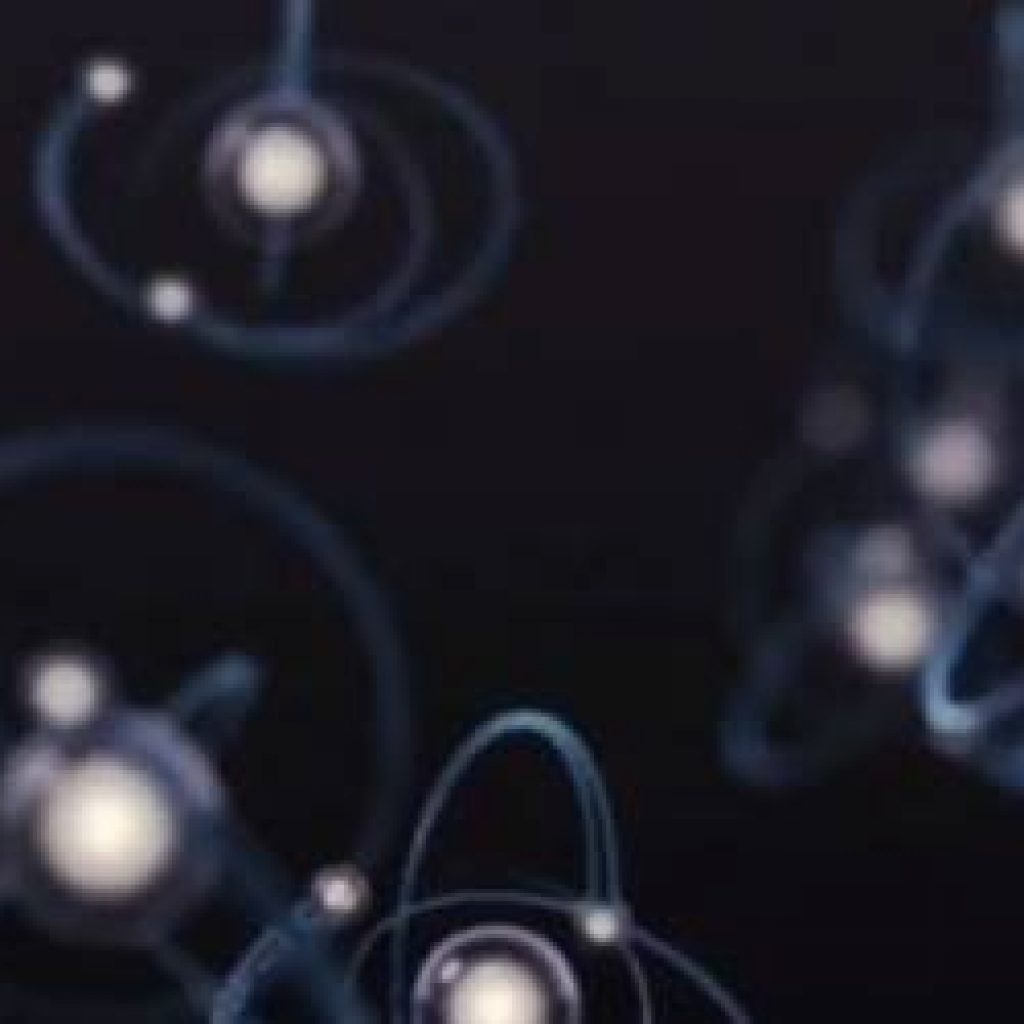(SpectrumIEEE) Pennsylvania State University researchers announced in September they’d built the framework for a 125-qubit computer engine. The foundational element for the proof-of-concept Penn State system is not the computer chip but rather the atomic clock. The neutral-atom quantum computer, proposed by the Penn State group and other researchers around the world, uses a cesium atom in a laser trap (the gold standard of precision timekeeping).
“There’s no quantum-mechanical system we understand better than an atom,” says David Weiss, a professor of physics at Penn State. Atomic clocks use a well-studied characteristic of these ultracooled and stabilized atoms as the basis for a tick to mark the passage of time. Called the hyperfine split, it involves the spin of each atom’s outermost electron. For a quantum computer, the idea is to use the same set of cesium quantum states used by an atomic clock.
Quantum Computing Atomic Clocks Make for Longerlasting Qubits
